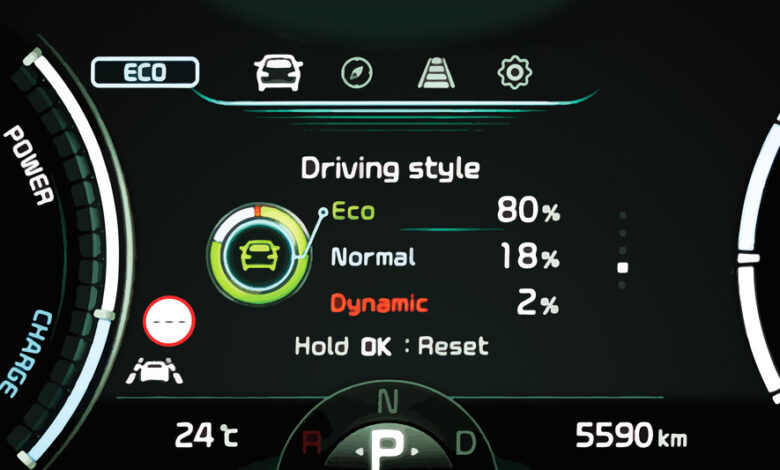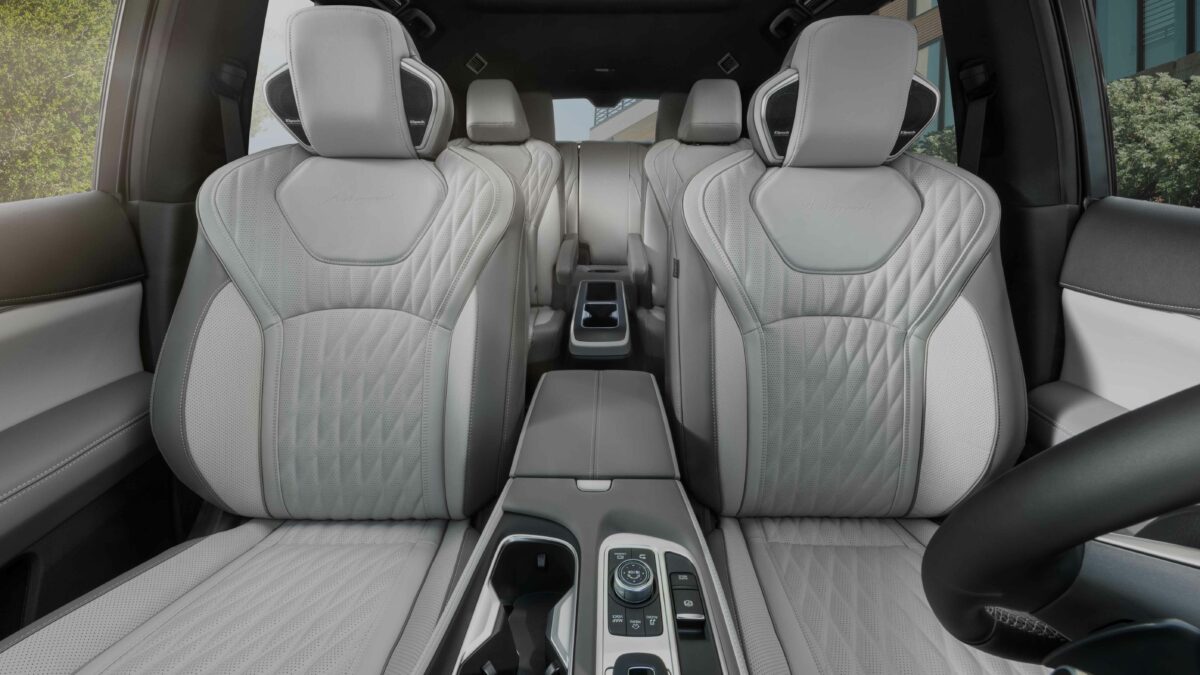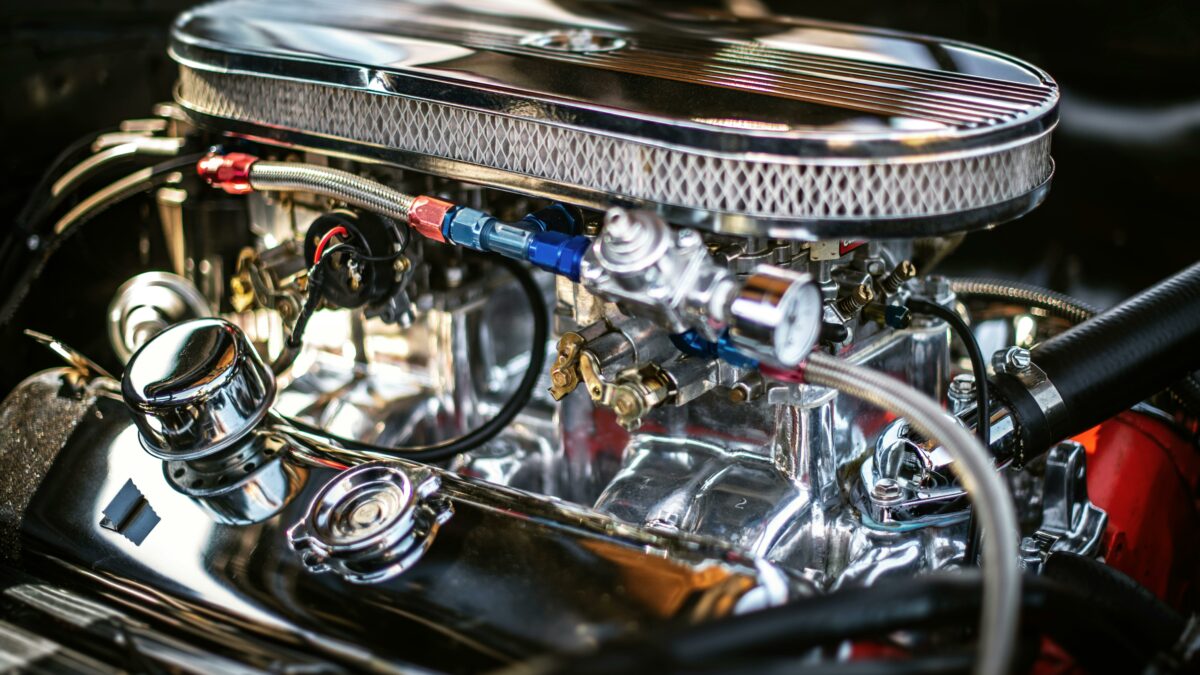
Speed vs. Range: How Driving Fast Impacts EV Efficiency
When it comes to electric vehicles, range anxiety is a common concern—and now we have a clearer picture of how speed directly impacts EV efficiency. A recent test by Car and Driver examined two electric vehicles, the Kia EV9 and the Lucid Air, by pushing them to different cruising speeds between 35 mph and 95 mph on a controlled track.
The results highlight a critical factor: the faster you drive, the less range you get. At 55 mph, EVs maintained relatively strong efficiency. But jumping to 75 mph caused a sharp decline in range—specifically, a loss of 88 miles in the Lucid Air, a car known for its aerodynamic design. The effect was even more pronounced in the larger, boxier Kia EV9 SUV, which is naturally more susceptible to aerodynamic drag.
These findings underscore a key point for EV drivers: cruising speed matters. Maintaining lower highway speeds can significantly extend your range, especially on long trips where charging stops might be limited. Even for highly efficient EVs like the Lucid Air, the penalty for speed is real and measurable.
What’s particularly useful about this test is the inclusion of a gas-powered compact SUV for comparison. It showed that while internal combustion engines are also affected by speed, the impact on EVs is far more significant due to battery limitations and regenerative braking systems.
As EV adoption grows, real-world data like this helps drivers make smarter decisions behind the wheel. Whether you’re road-tripping or commuting, managing your speed might just be the simplest way to get more out of every charge.







